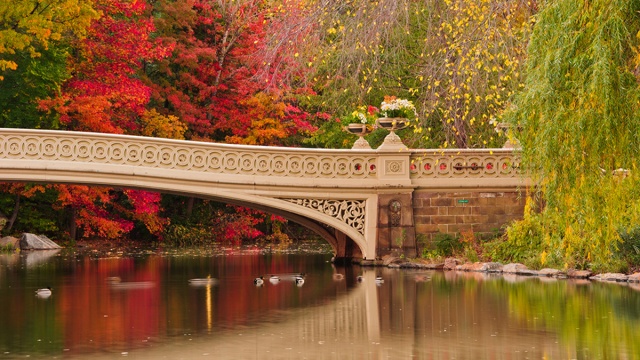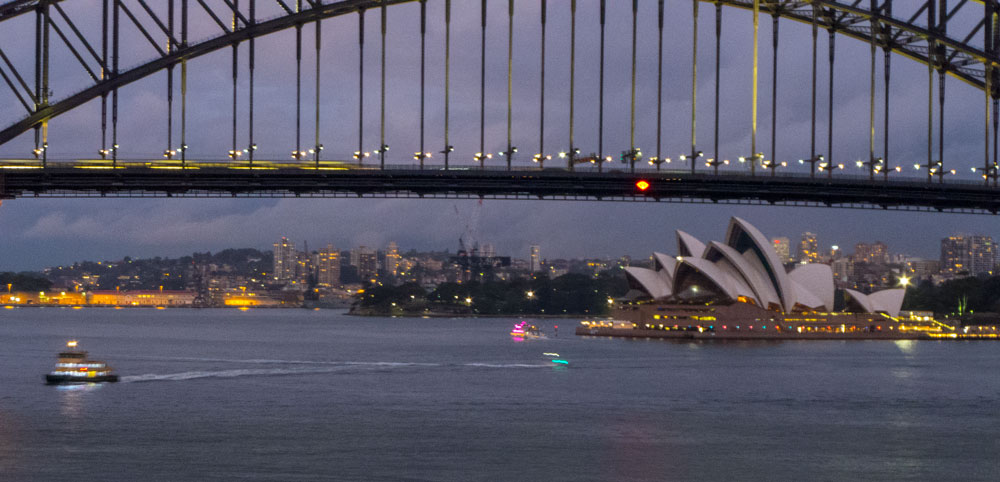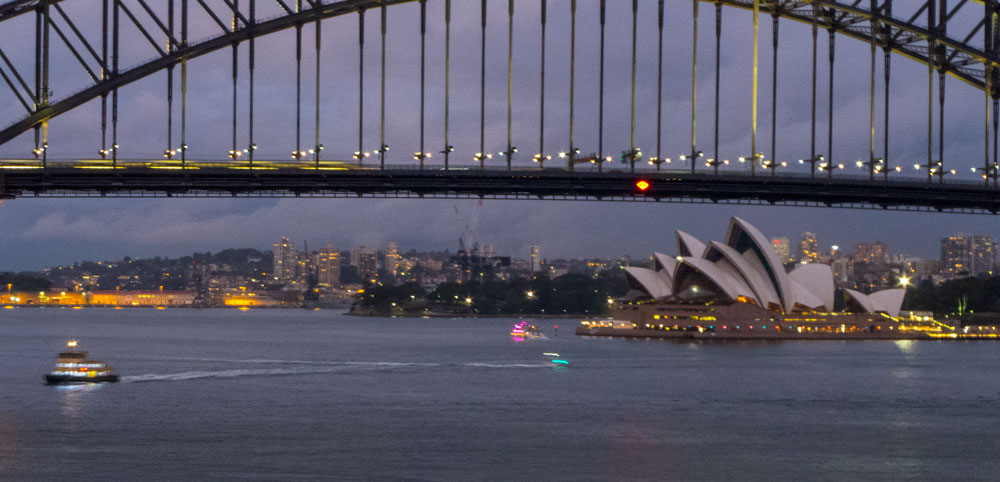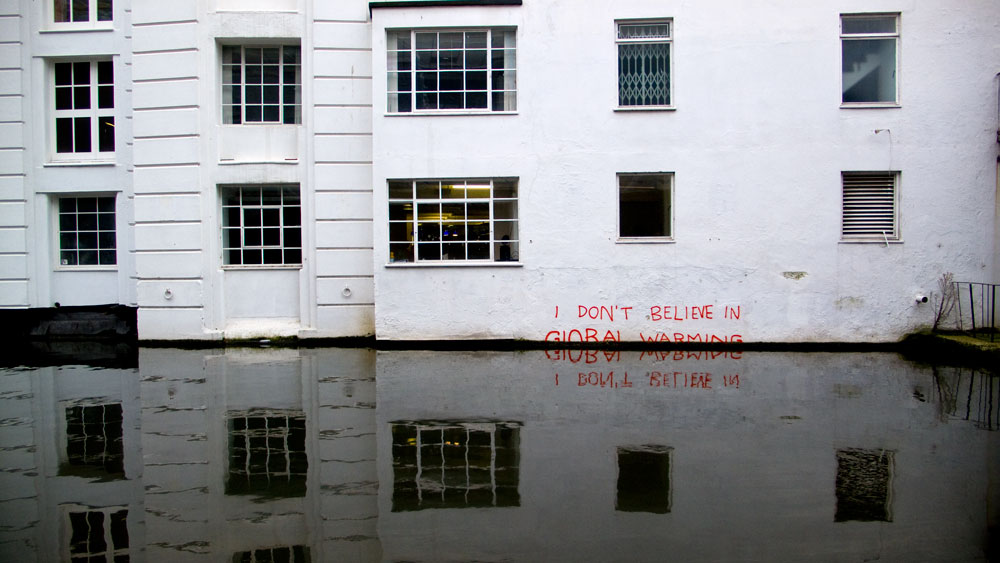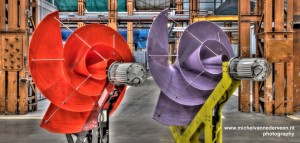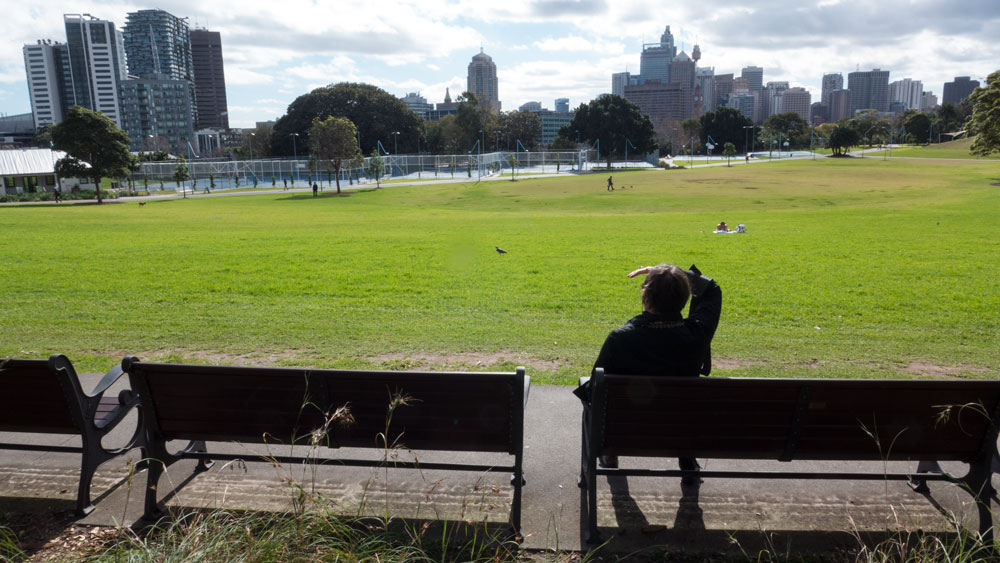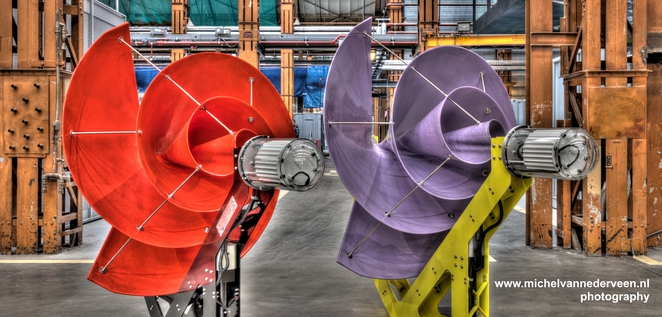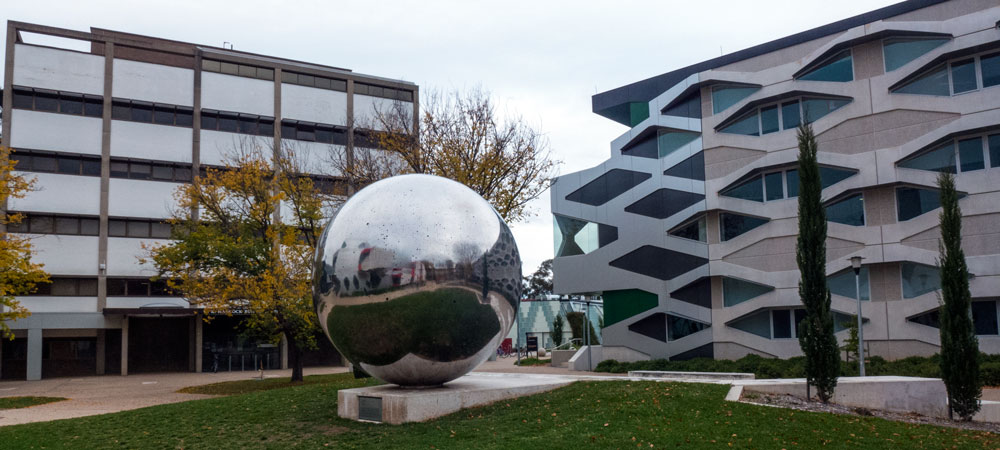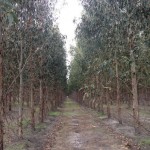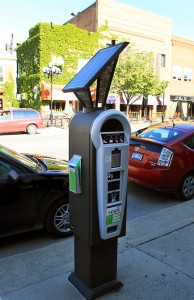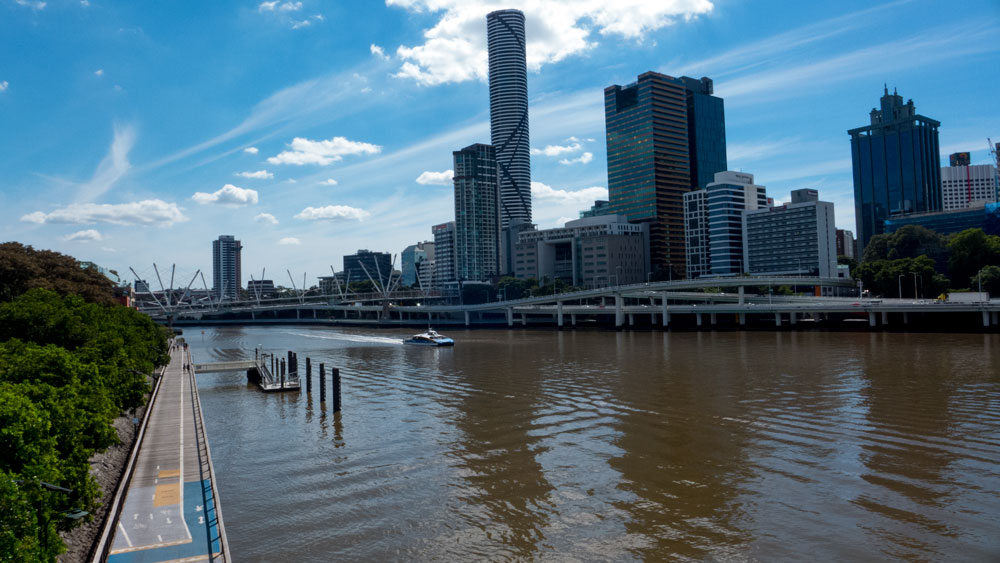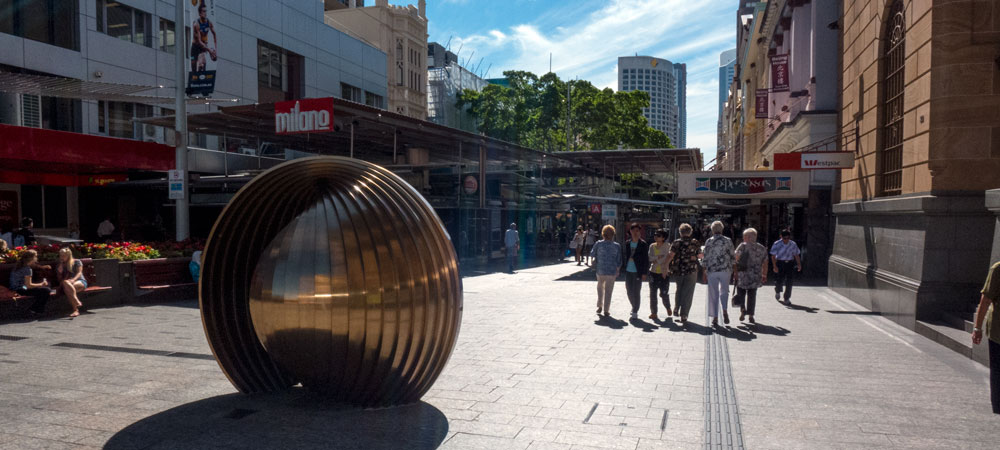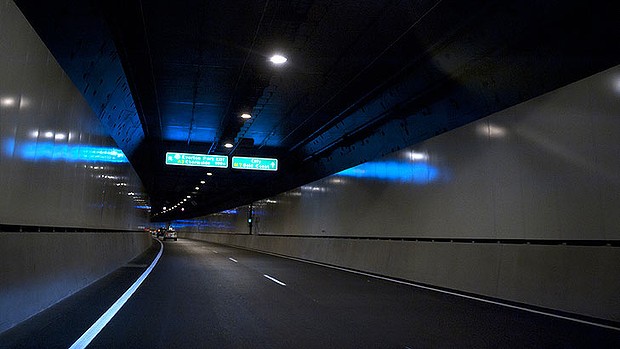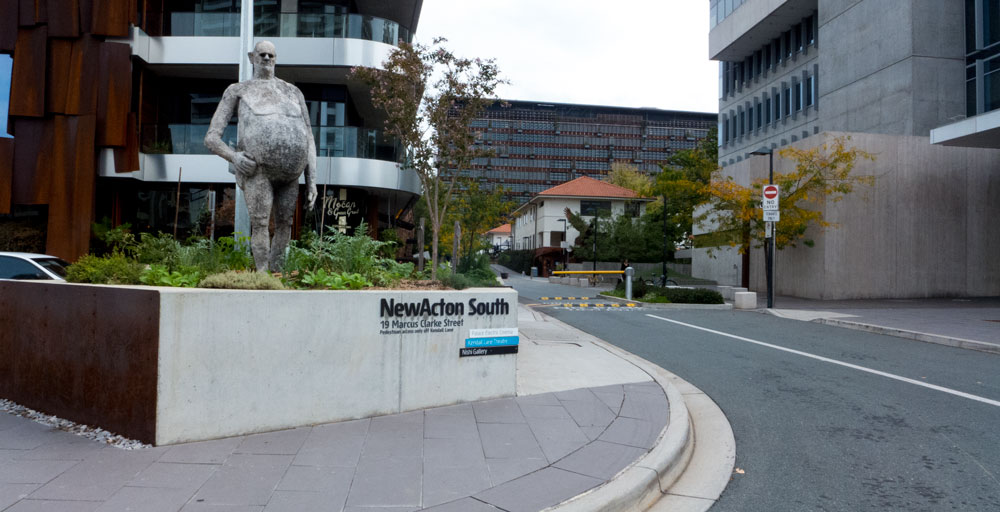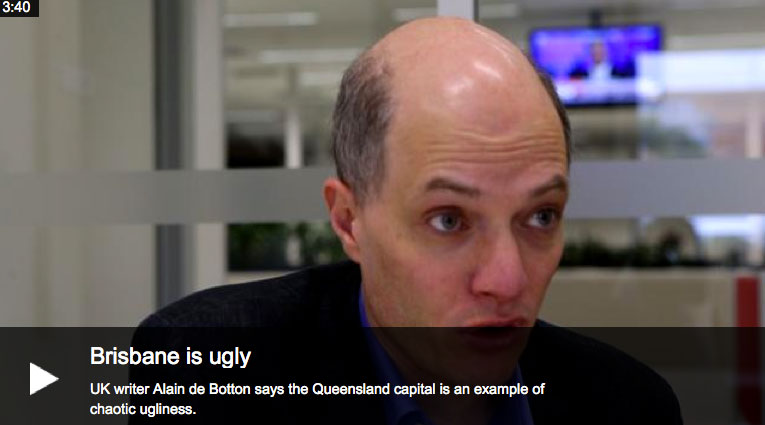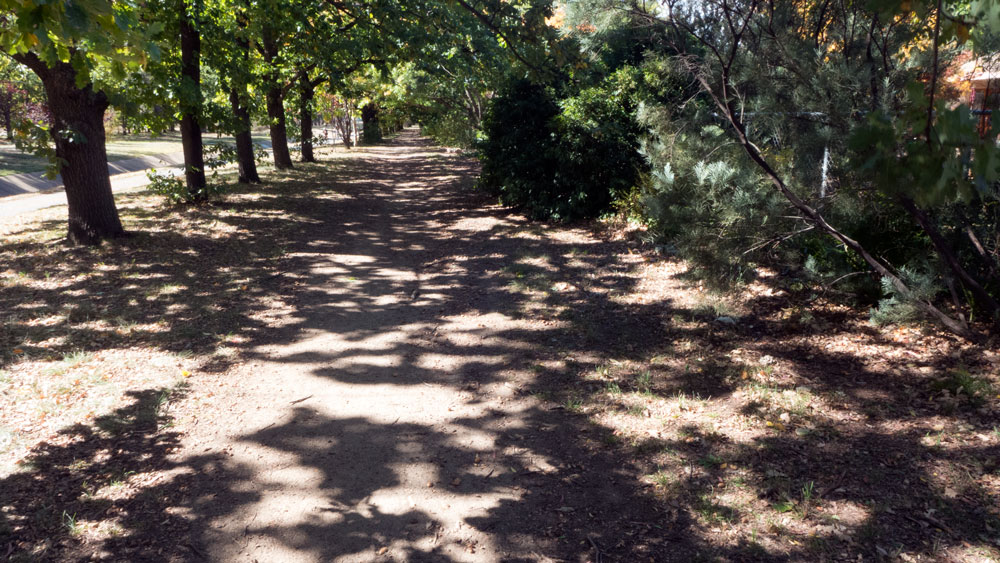World Urban Forum Highlights Opportunities for Sustainable Cities
In a blog on the Huffington Post, the authors point out the obvious. That is, obvious to those who are looking and care as opposed to too many who are presently making decisions about cities and sustainability.
The evidence is there. Design well and all the benefits can follow. Design badly, which is too common, and all the inequities and unsustainable practices come to the fore. As the authors say:
Well-designed cities generate jobs, innovation, and economic growth for all. But when designed poorly — with too much sprawl, waste, and inefficiency — they can divide cities and exacerbate pollution, inequality, and political instability. Moreover, poor design has long-term consequences given that urban infrastructure often lasts decades. Continue reading Sustainable Cities →
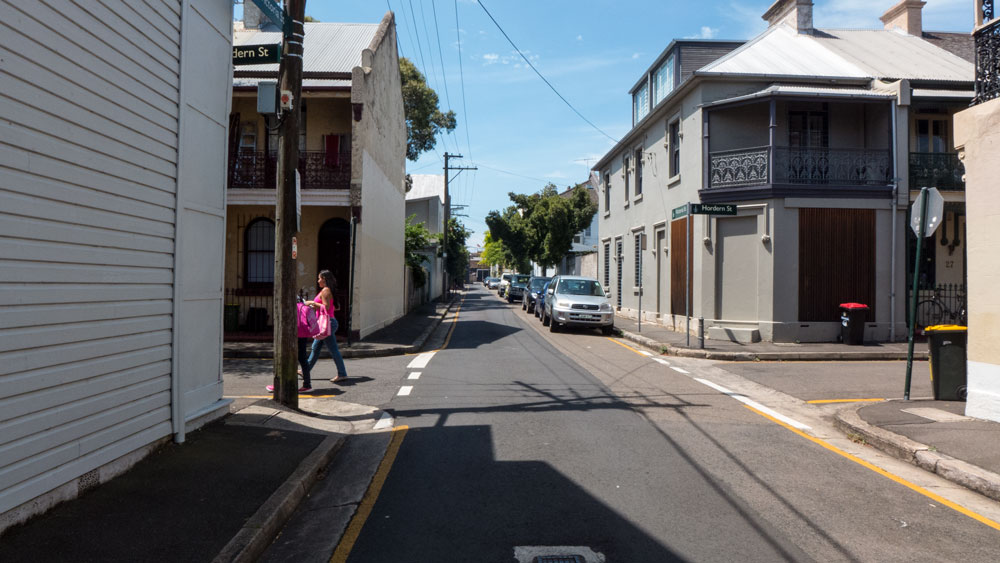 I love wandering around city streets. In Sydney recently on a typical warm day, being about 28 degrees, it was very noticeable just how much of the city’s inner streets are devoid of trees and shade.
I love wandering around city streets. In Sydney recently on a typical warm day, being about 28 degrees, it was very noticeable just how much of the city’s inner streets are devoid of trees and shade.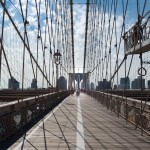
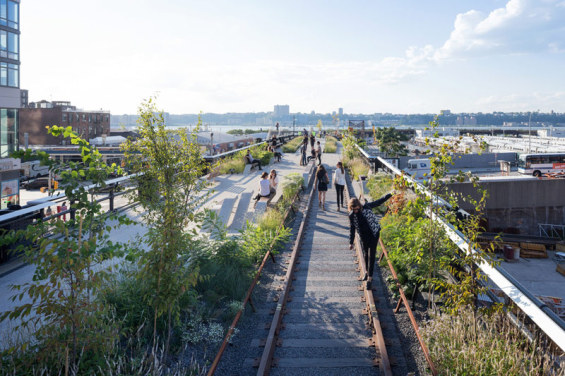

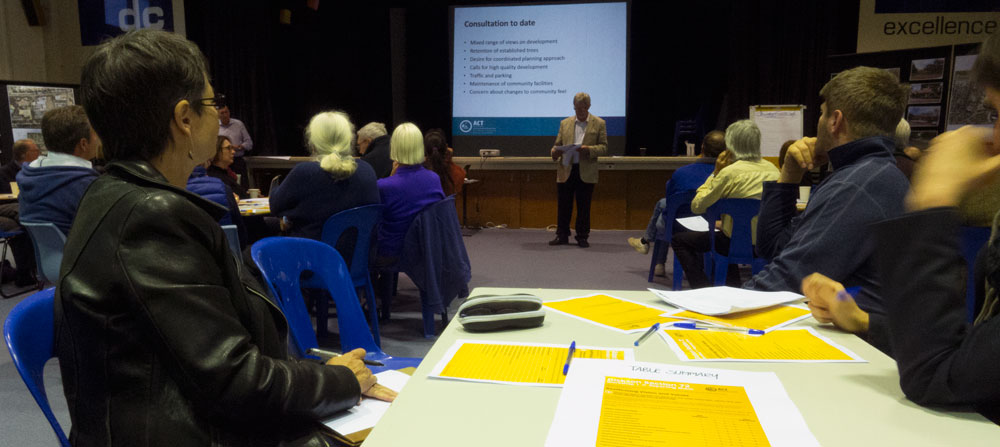
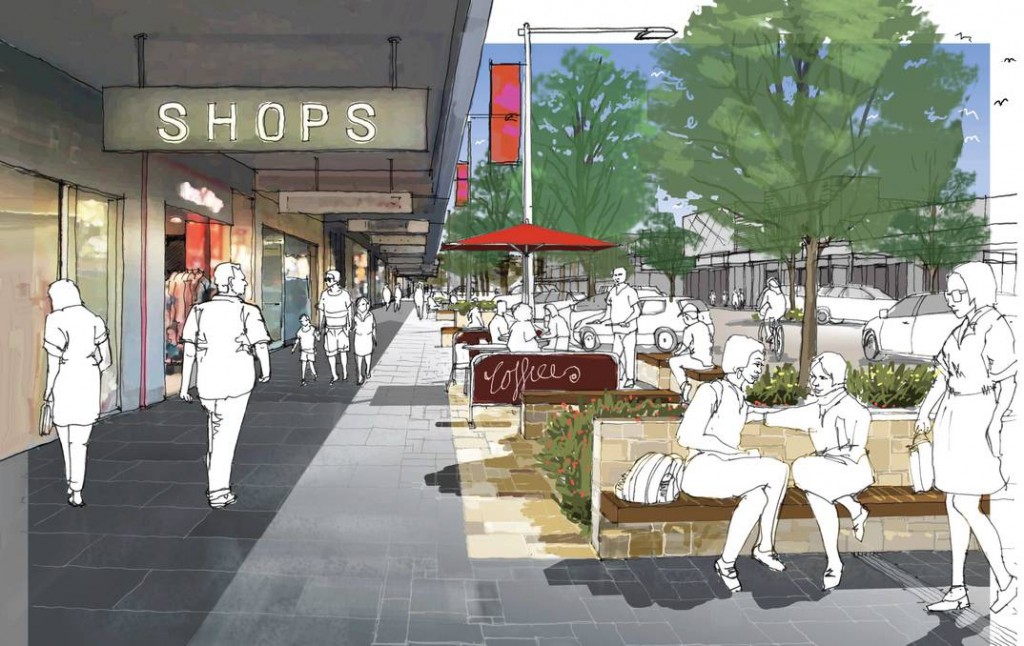
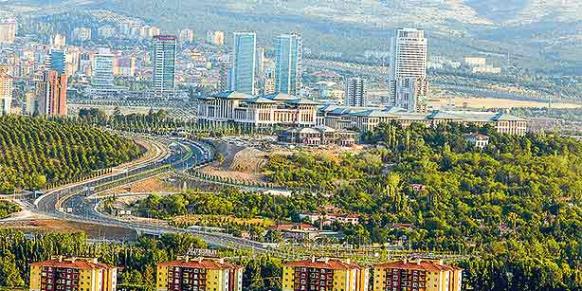
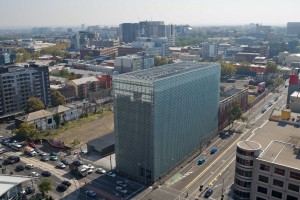
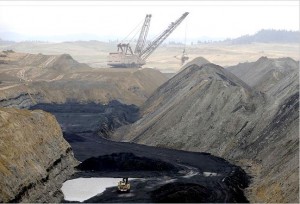



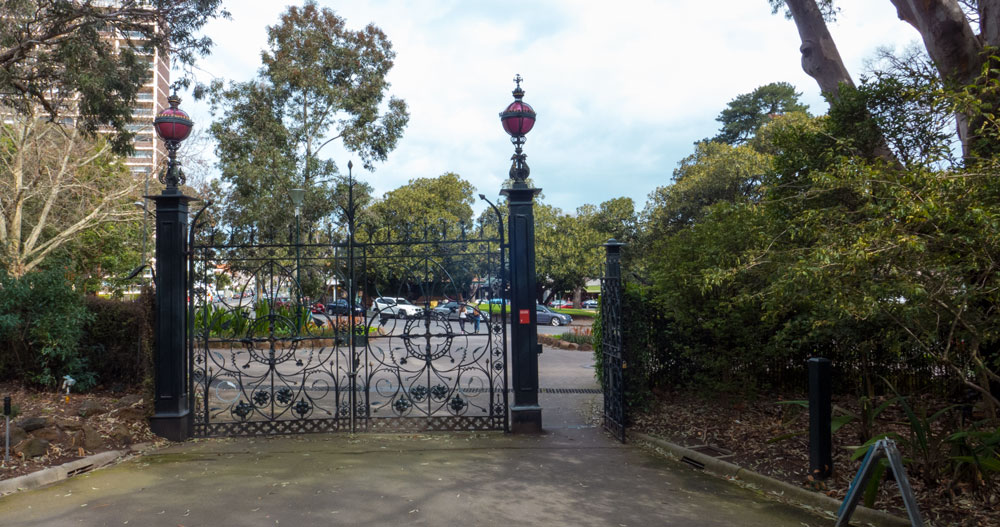

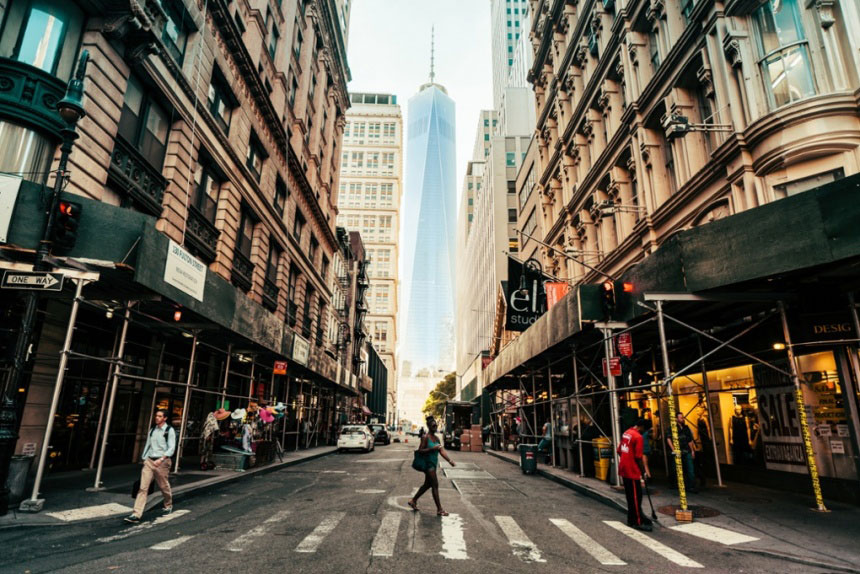


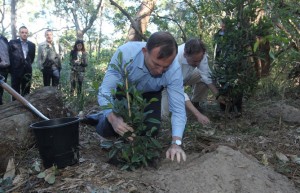
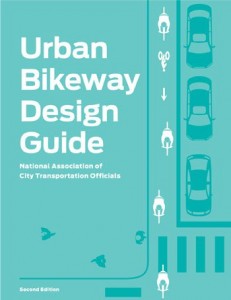
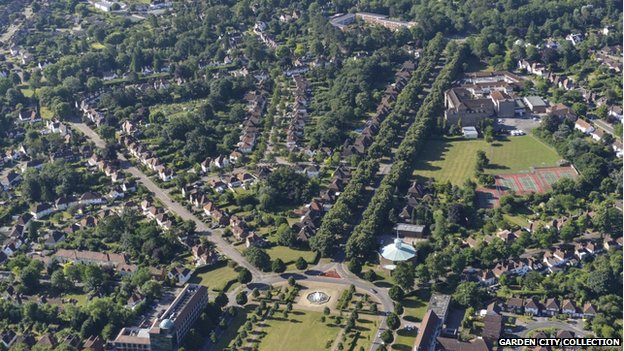
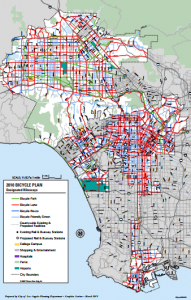
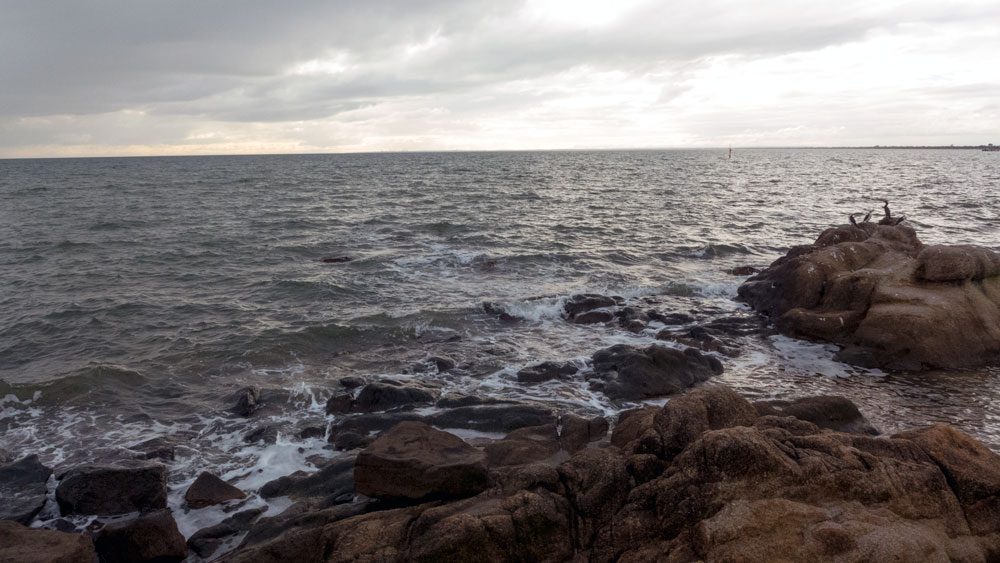
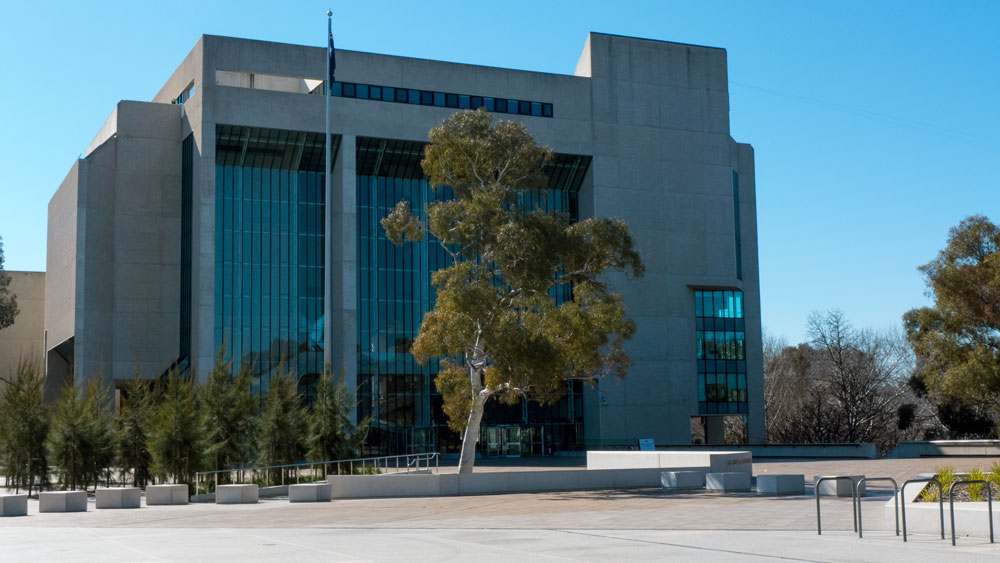

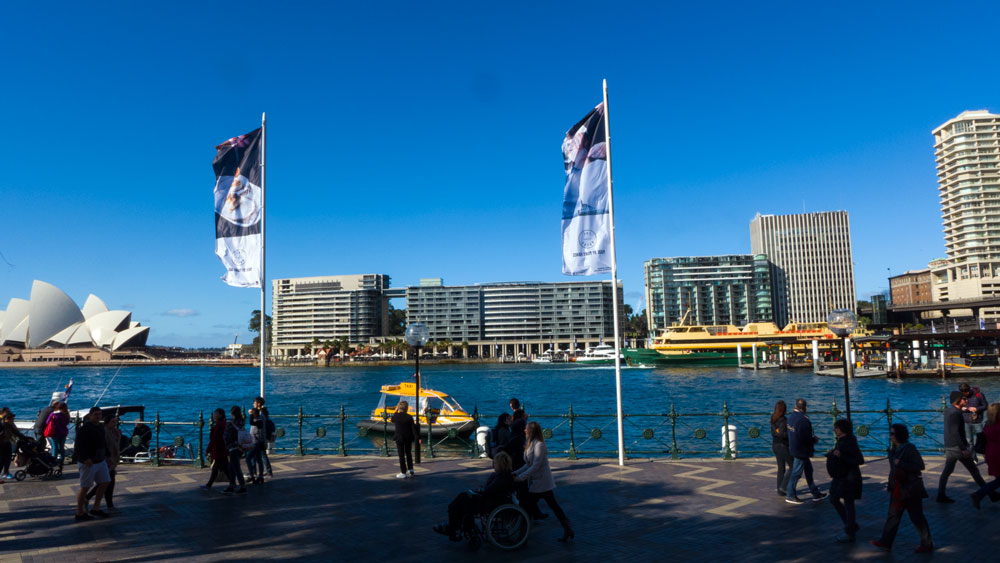
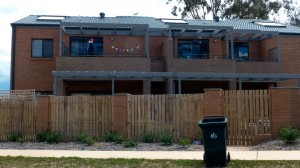

 The Guardian has published a terrifying article of just how far down this country is heading. As Tim Flannery says: The Great Barrier Reef is sick. Almost half of its coral is already dead and a massive new coal mine, which was given final approval this week, will only cause further damage. This is not just an issue for Australia, it affects us all.
The Guardian has published a terrifying article of just how far down this country is heading. As Tim Flannery says: The Great Barrier Reef is sick. Almost half of its coral is already dead and a massive new coal mine, which was given final approval this week, will only cause further damage. This is not just an issue for Australia, it affects us all.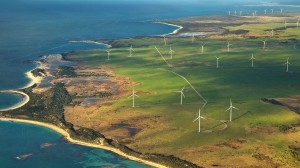
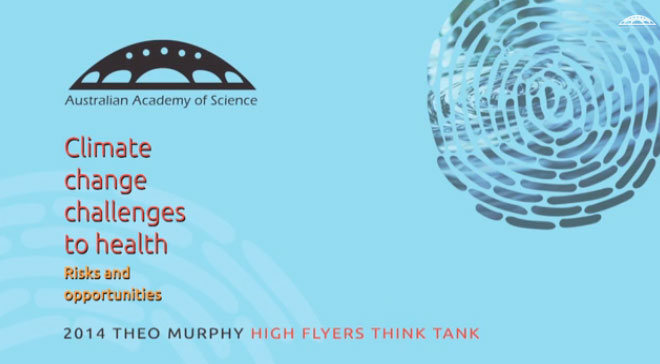

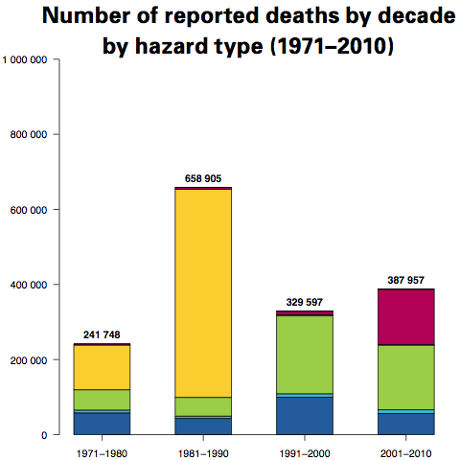
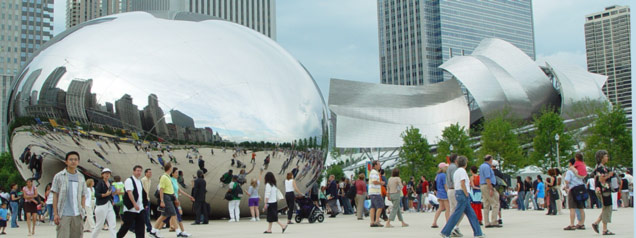
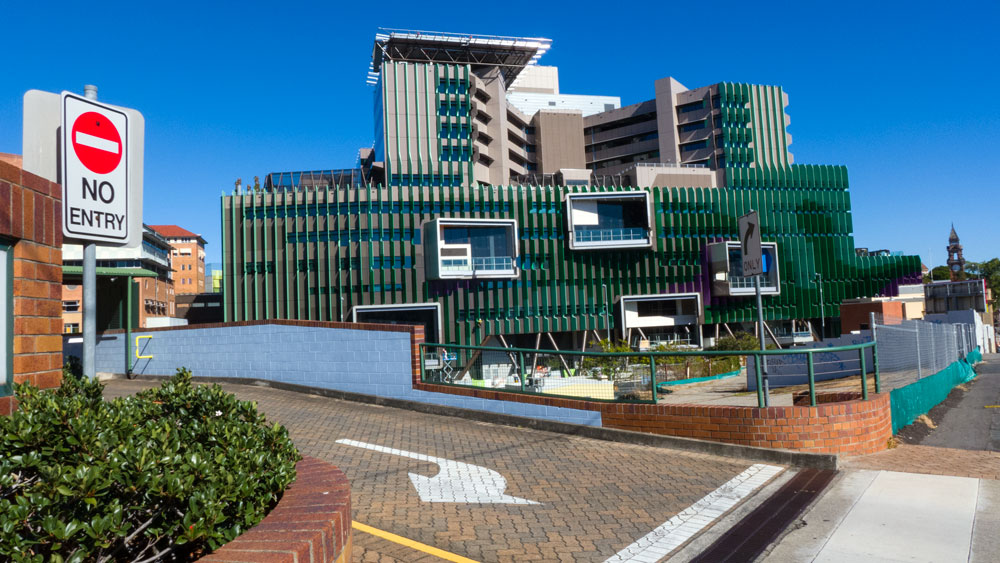
 There is a very hard-hitting article in the August 2014 issue of The Monthly on how the two large supermarkets have been allowed to rip anyone and everyone off. Even more depressing is that it points to how we, as consumers, are continuing to allow this to happen.
There is a very hard-hitting article in the August 2014 issue of The Monthly on how the two large supermarkets have been allowed to rip anyone and everyone off. Even more depressing is that it points to how we, as consumers, are continuing to allow this to happen.

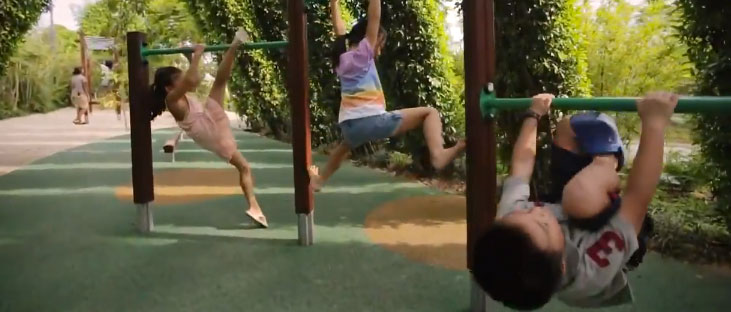
 An opportunity has presented itself with the Commonwealth Government’s announcement to allow the National Capital Authority (NCA) to open up the Parliamentary Triangle to more commercial opportunities. (CT 12 July, Page 1,
An opportunity has presented itself with the Commonwealth Government’s announcement to allow the National Capital Authority (NCA) to open up the Parliamentary Triangle to more commercial opportunities. (CT 12 July, Page 1, 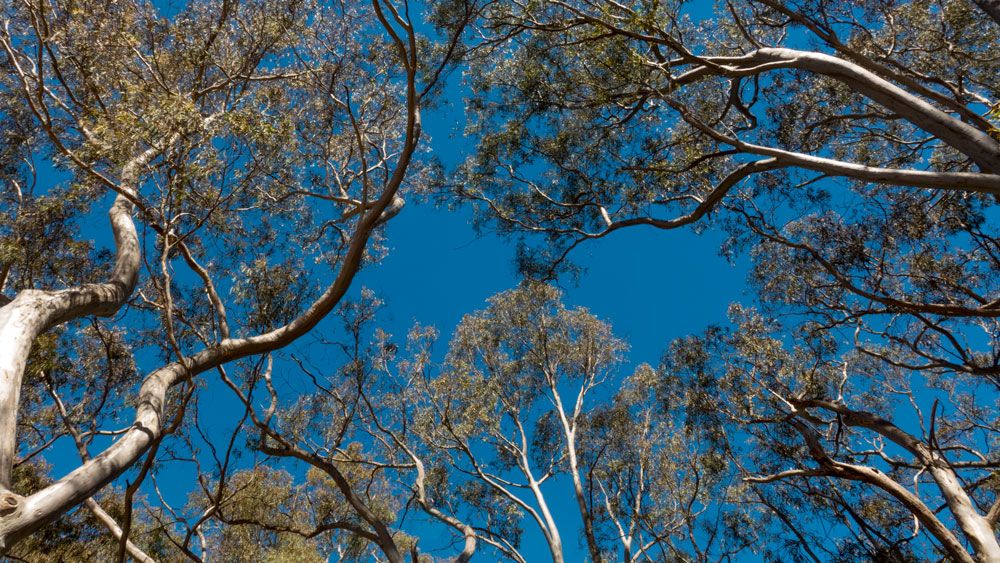
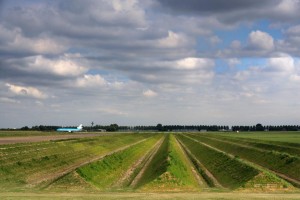 Amsterdam Airport Schiphol is located in one of the most densely populated areas of the country, and aircraft noise is a problem in the surrounding cities. Low-frequency ground noise created at take-off is especially difficult to combat because standard noise barriers are largely ineffective against it. Schiphol is implementing acoustical landscaping in the form of large ridges that dampen longer wavelengths.
Amsterdam Airport Schiphol is located in one of the most densely populated areas of the country, and aircraft noise is a problem in the surrounding cities. Low-frequency ground noise created at take-off is especially difficult to combat because standard noise barriers are largely ineffective against it. Schiphol is implementing acoustical landscaping in the form of large ridges that dampen longer wavelengths.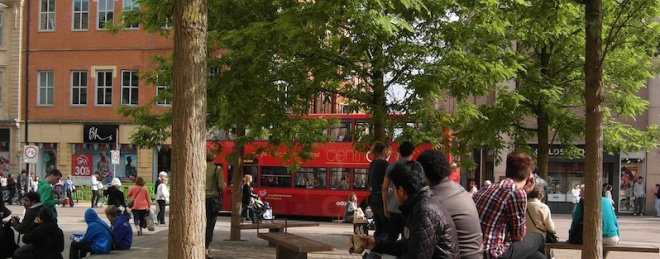
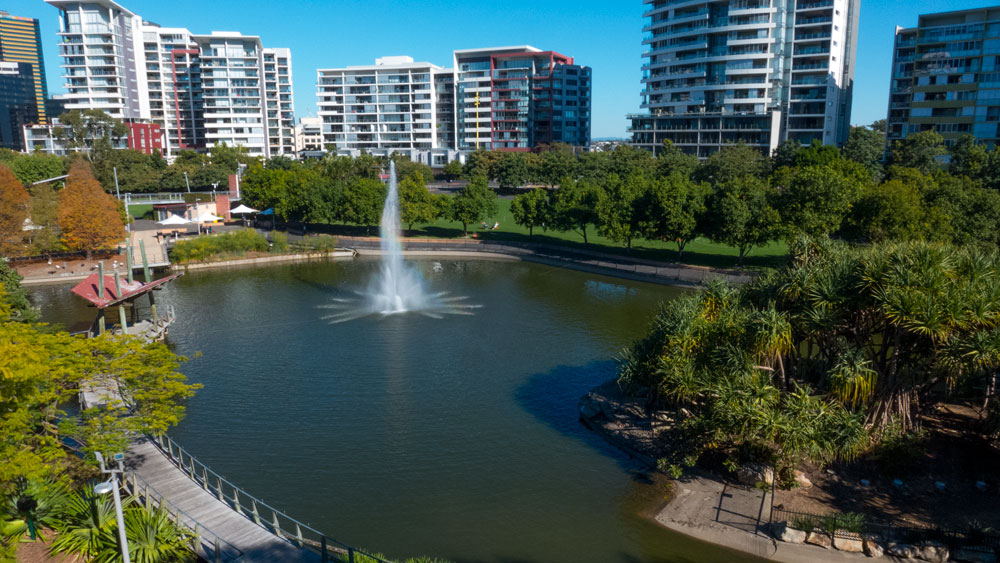
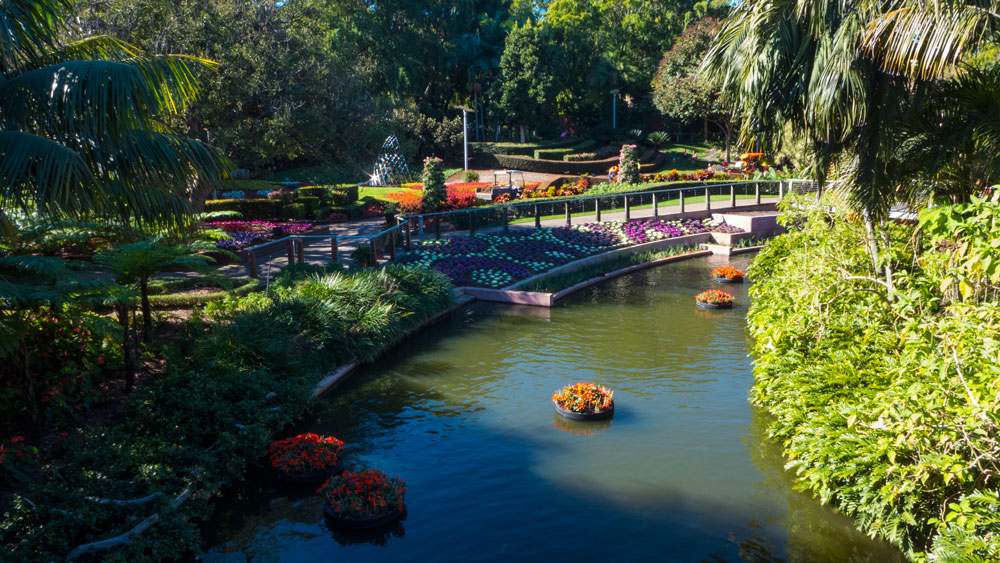

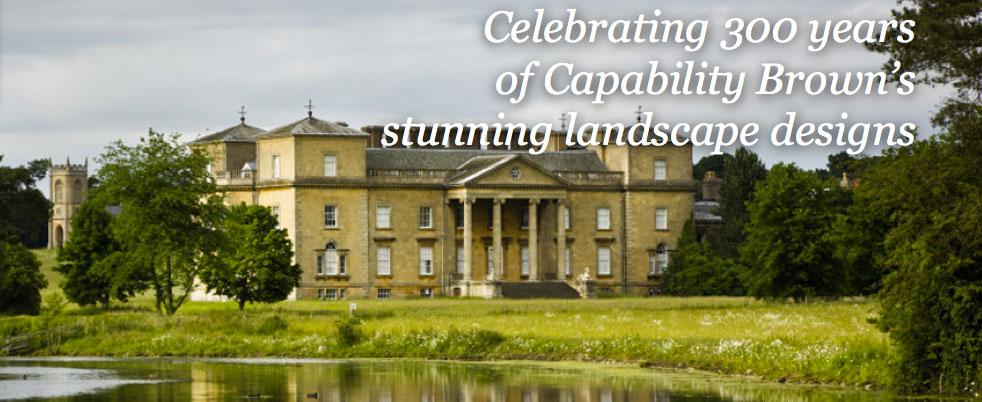
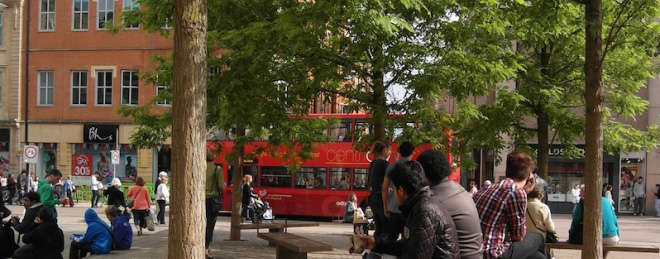
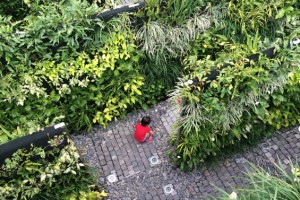
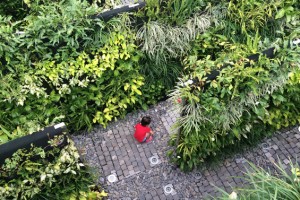
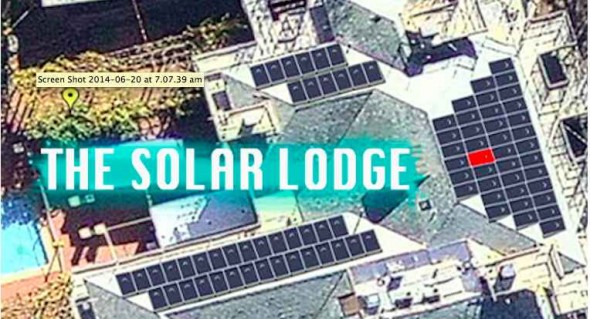

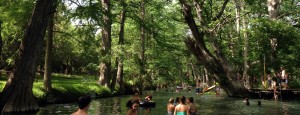

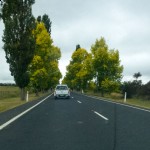 I refer to a former post (
I refer to a former post (